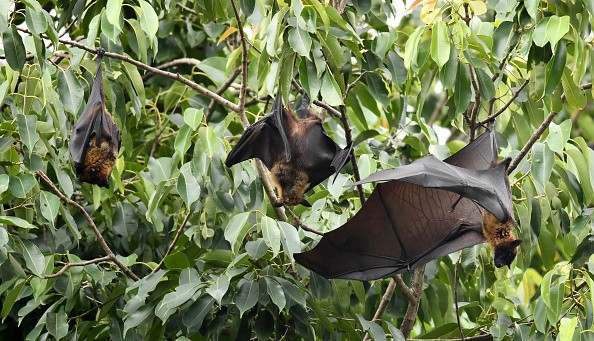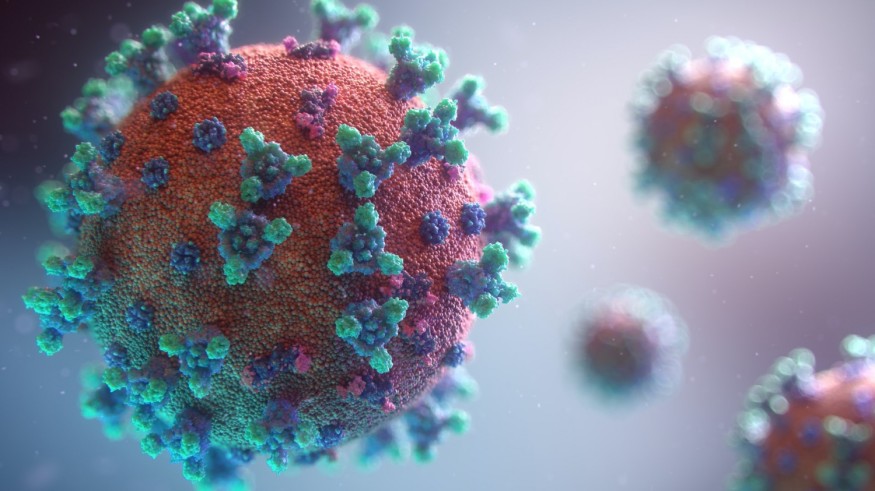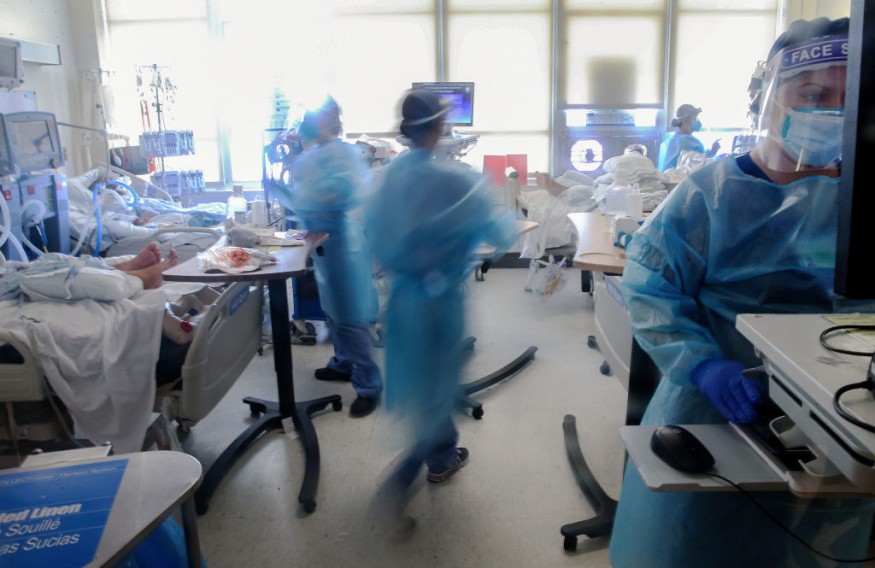Sources claims that researchers have discovered coronaviruses in Laotian bats that appear to be the closest known relatives of SARS-CoV-2, the virus that causes COVID-19. According to Bloomberg, the findings are being evaluated for publication in a Nature journal.
Researchers from the Pasteur Institute in France and the University of Laos collected 645 bats from limestone caverns in northern Laos and tested them for SARS-CoV-2-related viruses in a new study.
They discovered three viruses that attacked horseshoe bats and shared more than 95 percent of their total genome with SARS-CoV-2, which they named BANAL-52, BANAL-103, and BANAL-236.

According to Nature News, one of the viruses, BANAL-52, was 96.8% similar to SARS-CoV-2. BANAL-52 shares more genetic similarities with SARS-CoV-2 than any other known virus. RaTG13, which was discovered in horseshoe bats in 2013 and shared 96.1 percent of its genome with SARS-CoV-2, was previously the closest known cousin to SARS-CoV-2, according to Nature News.
Furthermore, in a critical region of their genome called the receptor-binding domain (RBD), all three of the newly found viruses are more similar to SARS-CoV-2 than other known viruses.
The RBD is the component of the virus responsible for binding to host cells. For example, the RBD of SARS-CoV-2 interacts with a receptor on human cells known as ACE2, and the virus exploits this receptor as a portal into cells.
Related Article : Before COVID-19 Pandemic, Wuhan Scientists Plan to Intentionally Release Coronavirus in Bat Caves
Resembling Covid

BANAL-52, BANAL-103, and BANAL-236 can attach to ACE2 and use it to penetrate human cells, according to the new research. According to the researchers, other possibilities hypothesized as ancestors of SARS-CoV-2 discovered in bats, such as RaTG13, have failed to do so. They found that the three viruses could bind to ACE2 roughly as effectively as early SARS-CoV-2 strains identified in Wuhan.
The results published on the preprint service Research Square on Sept. 17 add to the growing body of evidence suggesting SARS-CoV-2 originated in nature rather than in a laboratory.
According to the researchers ' report, the findings suggest "that sequences extremely similar to those of the early strains of SARS-CoV-2... exist in nature," which has not yet been peer-reviewed.
"When SARS-CoV-2 was initially identified, the receptor-binding domain appeared odd because there were so few viruses to compare it to," said Edward Holmes, an evolutionary scientist at the University of Sydney who wasn't involved in the study. "We're starting to uncover these closely linked pieces of gene sequence now that we're sampling more from nature," Holmes said.
Studying the Viruses

According to the scientists, the findings back with the theory that SARS-CoV-2 emerged from recombination of viral sequences seen in horseshoe bats.
Although the newly found viruses are closely related to SARS-CoV-2, according to Nature News, none of the three viruses had a sequence for the "furin cleavage site," which is present in SARS-CoV-2 and facilitates the virus's entrance into cells. This indicates that more study is needed to establish how and when the furin site was introduced to understand the origins of SARS-CoV-2 better.
For more health and medicine related news, don't forget to follow Nature World News!
© 2025 NatureWorldNews.com All rights reserved. Do not reproduce without permission.





